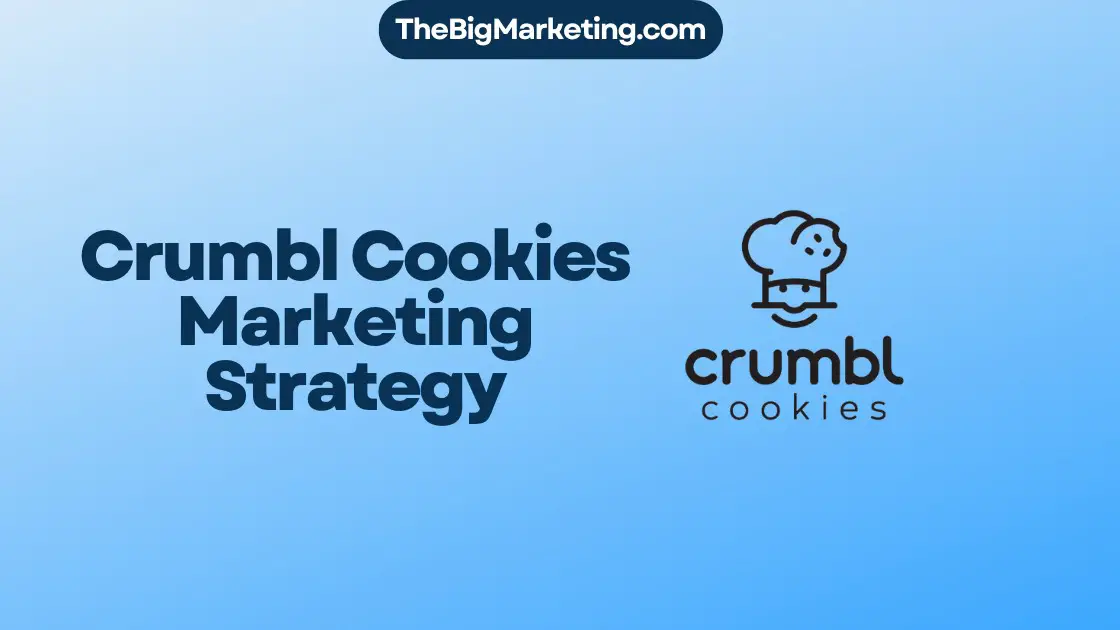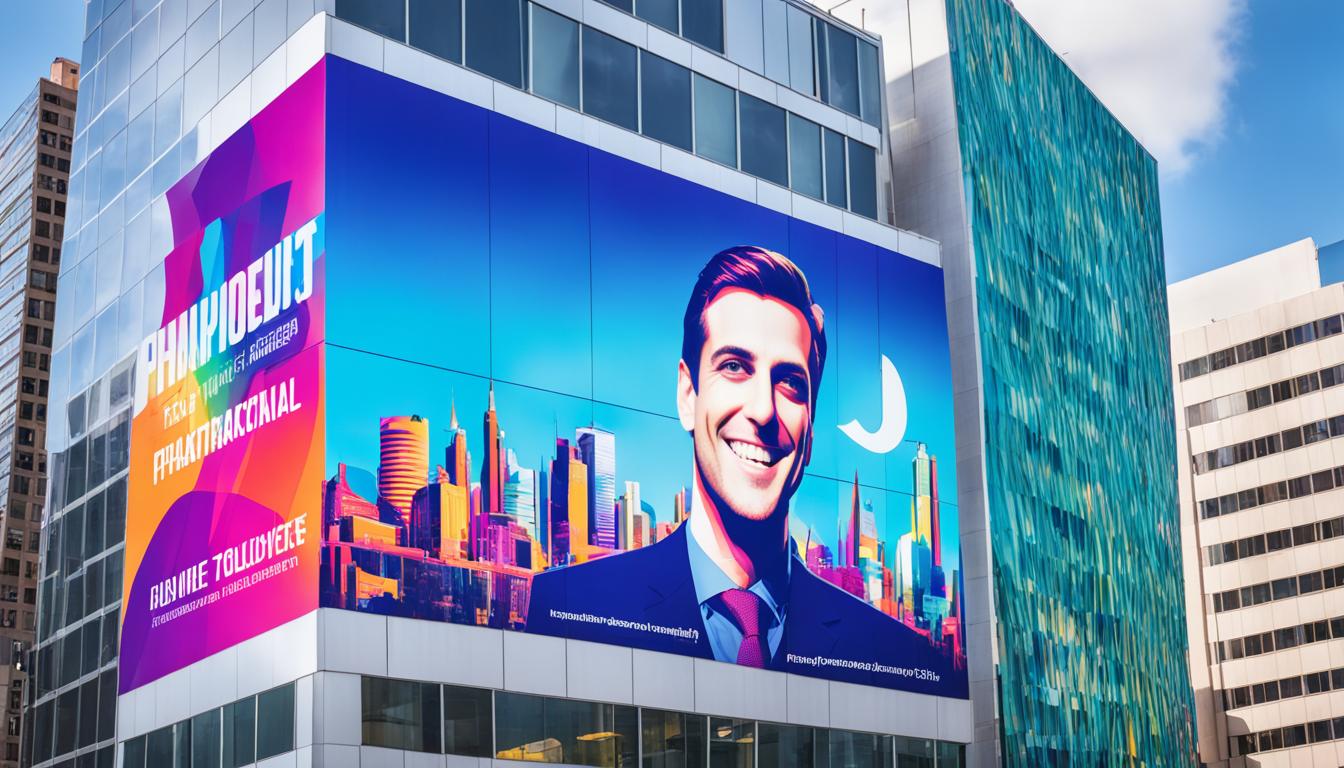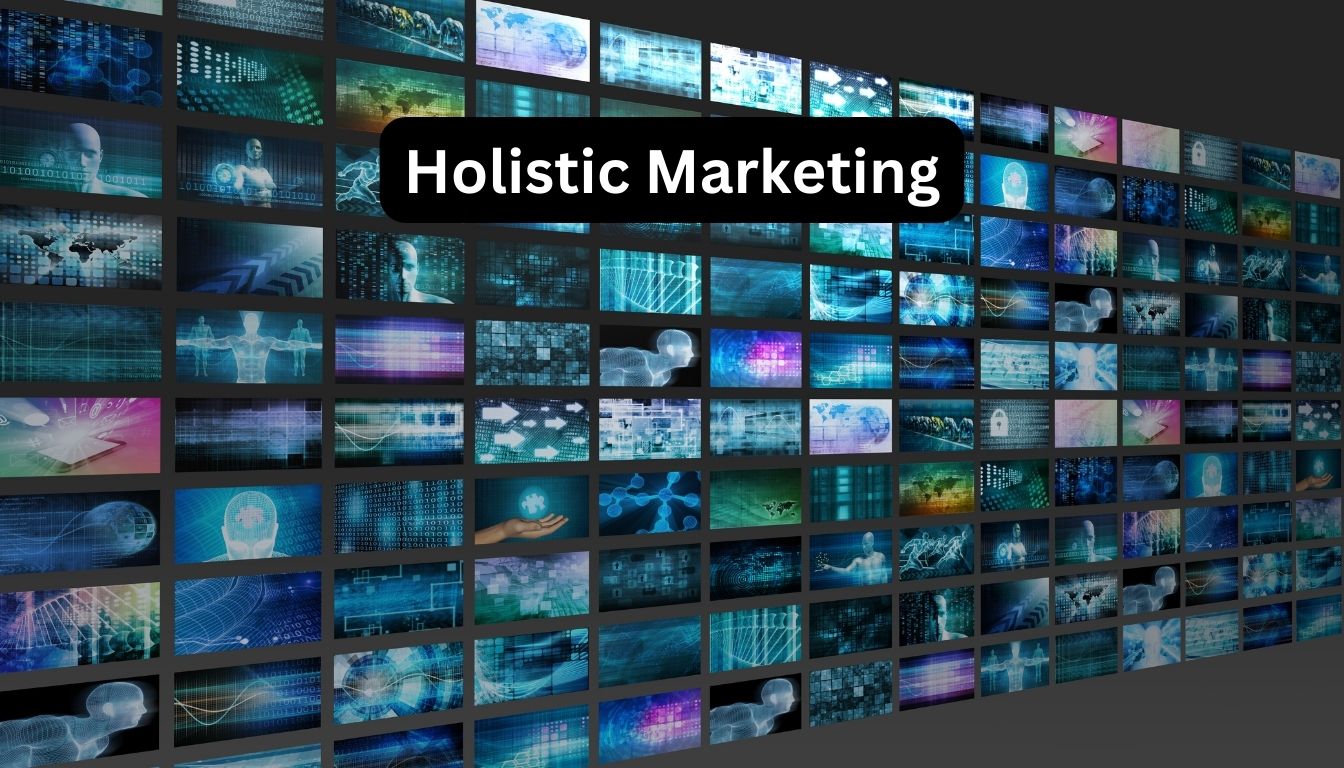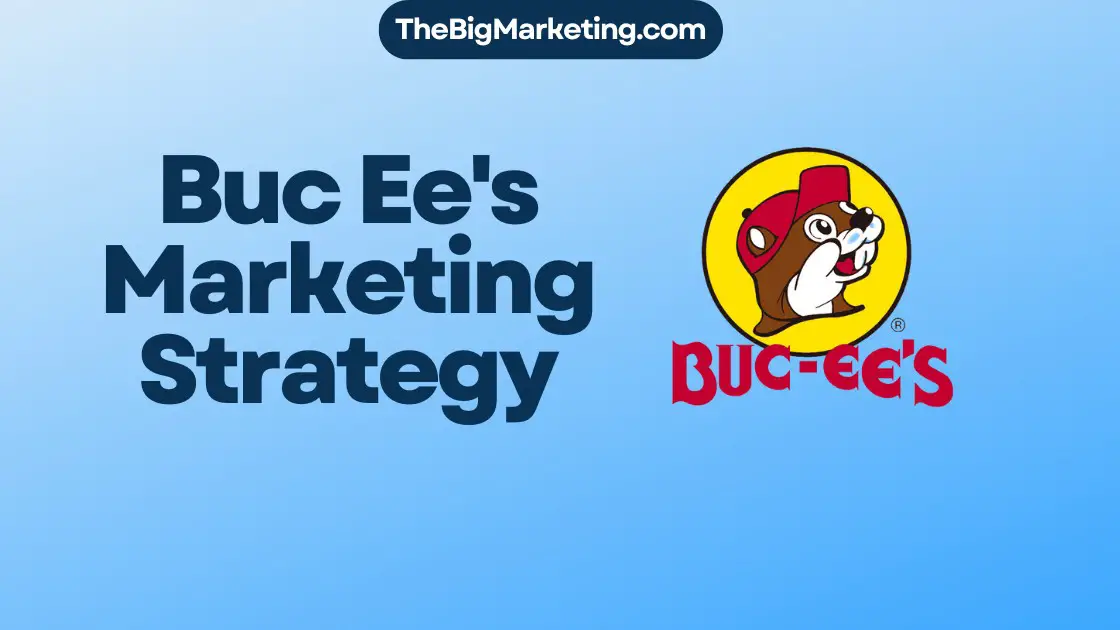Below-the-line marketing, or BTL marketing, takes a focused approach in promoting products and services. It’s different from above-the-line marketing that uses major media like TV and radio. BTL marketing centers on targeted ads and personalized marketing efforts.
It often uses offline methods such as direct mail, catalogs, and trade shows. These tactics enable direct engagement with customers and offer them personalized brand experiences. Also, strategies like event sponsorship, sales promotions, and experiential marketing are common. They give brands unique ways to connect with their audience.
This marketing approach is budget-friendly and brings real outcomes for companies. By focusing on specific groups and using personalized techniques, brands build stronger relationships with their customers. This leads to more effective conversions.
Key Takeaways:
- Below-the-line marketing focuses on targeted advertising and personalized experiences.
- Offline tactics like direct mail campaigns and trade shows are commonly used in below-the-line marketing.
- Event sponsorship, sales promotions, and experiential marketing are examples of below-the-line strategies.
- Below-the-line marketing allows for direct customer engagement and personalized experiences.
- Cost-effective and targeted, below-the-line marketing achieves tangible results for businesses.
Understanding Below-the-Line Advertising
Below-the-line advertising talks to people more personally. It does not use general ads like mass marketing does. Instead, it reaches specific groups with tailored messages. This method includes things like showing products in-store, online ads for certain people, and sending direct mails. By using these strategies, businesses can talk to their customers directly. This lets customers get answers and learn more about products or services.
In-store demos show how below-the-line advertising works well. Customers can try products and talk to experts. This not only makes people aware of the brand. It also builds trust and a connection with the brand. Moreover, online ads are targeted based on what we know about people. This means the ads are more likely to be seen by the right people. This increases the chance that people will buy something and stay loyal to the brand.
Direct mailings are another strategy. Companies send special offers or info to certain people or groups. By choosing the right people, companies can make sure their messages hit home. This boosts the chance of getting a response and making sales.
Below-the-line advertising is special because it lets companies talk directly to their customers. It is about direct contact and personalized experiences. With targeted campaigns, businesses can clearly share what makes them valuable. This helps build important relationships with customers.
Advantages of Below-the-Line Advertising
- Direct engagement with customers
- Opportunity for personalized interactions
- Better targeting of specific demographics
- Increased brand awareness and trust
- Effective in-store demonstrations and experiences
- Cost-effective compared to traditional advertising
Above-the-Line vs. Below-the-Line Advertising
Above-the-line and below-the-line advertising serve different purposes in marketing. They aim at various audiences with distinct costs and effects. Let’s explore how they differ.
Above-the-Line Advertising: Reaching Mass Audiences
Above-the-line advertising tries to reach many people. It uses media like TV and radio. The goal is to make people aware of the brand and reach a broad audience. This advertising doesn’t focus on specific groups. It’s visible to many but can be costly and not very precise.
Below-the-Line Advertising: Targeting a Selective Audience
Below-the-line advertising focuses on a specific group. It uses personalized methods to connect with people on a personal level. Tactics include in-store demos and direct mail. This way, messages hit the right audience, making it more cost-effective and measurable. It leads to better connections and loyalty, especially in niche markets.
It’s great for engaging a specific audience and improving loyalty. For narrow markets, it offers superior outcomes.
Comparing ROI and Effectiveness
Below-the-line methods usually perform better in ROI and effectiveness against above-the-line. They offer precise targeting and results measurement. This brings a higher overall ROI as companies can track actions and get direct feedback from customers.
Above-the-line advertising reaches more people but is hard to measure. Using mass media makes it tough to link results directly to the ads.
Visualizing the Differences
Let’s look at the differences between the two advertising types with a table:
| Above-the-Line Advertising | Below-the-Line Advertising | |
|---|---|---|
| Audience | Mass audiences | Selective audience |
| Channels | Television, radio | In-store demonstrations, direct mailings |
| Cost | Expensive | Cost-effective |
| Control and Measurement | Hard to measure accurately | Easy to monitor, track conversions |
| Effectiveness | Good for awareness and reach | Better for targeted messages, higher ROI |
Note: This table gives a simple comparison and might not cover every campaign detail.
Choosing between above-the-line and below-the-line depends on business goals and audience. Some companies use both for wider brand awareness and precise customer interaction.
Advantages of Below-the-Line Advertising
Below-the-line advertising has many advantages for businesses improving their marketing. It’s more affordable, tracks conversions well, and boosts customer engagement. These benefits make it a great choice.
Lower Costs
Below-the-line advertising’s big perk is it’s cheaper than other strategies. It uses direct mailings and search engine marketing. These methods let businesses use their marketing budget wisely.
Track Conversions
This advertising lets businesses see customer actions clearly. They get detailed info on engagement. This helps marketers understand what works and fine-tune future efforts.
Customer Engagement
It excels in making strong customer connections. With targeted marketing and direct mailings, businesses build lasting relationships. This approach increases loyalty and lets messages be more personal.
So, below-the-line advertising is cost-effective and improves customer connections. It also allows precise tracking. These make it an excellent choice for reaching audiences in a meaningful way.
Benefits of Marketing Above the Line
Marketing above the line is known as ATL advertising. It has several benefits that boost a brand’s success. It helps reach many people and increase brand awareness. The goal is to grab attention and leave a big impact.
One big plus of this kind of marketing is reaching lots of people. For instance, TV ads and billboards can be seen by millions. This way, many different people learn about the business. It opens doors for getting new customers and growing in the market.
| Benefits of Marketing Above the Line |
|---|
| Wide Audience Reach |
| Brand Awareness |
| Attention-Grabbing |
Also, it’s key in making a brand known. By showing what they sell in places many see, businesses get known. This makes people recognize and trust the brand more. Chances they remember and buy products go up.
But, it’s good to remember that ATL marketing costs a lot. Making and showing TV ads or big billboards costs a lot of money. Plus, it’s hard to tell how well these ads do.
To wrap up, ATL marketing helps a lot in reaching many people and making a brand known. Even though it might cost more and be hard to measure, its benefits are big. It helps a business become more visible and grow in the market.
Benefits of BTL in Marketing
BTL marketing, or Below-the-line marketing, has many advantages. It reaches specific customers in a more direct way. This helps businesses develop good relationships and measure their success accurately.
It is known for saving money. Companies can focus their budget on the right people. This way, they make the most out of their marketing efforts.
BTL marketing also helps companies create real connections with customers. By interacting directly, they build trust and loyalty. This results in customers staying longer and recommending the business to others.
One great thing about BTL marketing is tracking results easily. Businesses can see how effective their campaigns are. This helps in making better marketing decisions in the future.
In short, BTL marketing is both pocket-friendly and effective. It creates lasting relationships, measures success, and targets accurately. It’s a smart choice compared to other strategies.
Examples of ATL and BTL Marketing
Above-the-line (ATL) marketing uses creative ideas to reach many people at once. Examples are on TV, radio, and online.
Red Bull’s Extreme Sports Stunts
Red Bull is known for its extreme sports marketing. One famous event is the Red Bull Stratos Jump, where Felix Baumgartner did a skydive from 128,100 feet. This effort helps Red Bull stand out, improves its image, and appeals to people who love adventure.
Nike’s Inspiring Sports Marketing Videos
Nike inspires people with its marketing videos. They tell stories of athletes who work hard and never give up. These videos make viewers want to be active and show Nike’s dedication to sports.
BTL marketing is more personal and focuses on direct connections with people. Examples of this approach include:
Marketing on Cereal Boxes
Cereal boxes are a form of advertising at breakfast. They grab your attention with bright designs and special offers. This method helps brands make a lasting impression and encourages you to buy their products again.
Exterior Location Marketing Techniques
This marketing puts ads outside stores. An example is signs on sidewalks that attract people walking by. These signs are designed to catch your eye, bring people into the store, and increase sales.
Direct Email Marketing
Direct email marketing sends messages right to your email. This way, companies can give you deals and news that fit your interests. It’s a smart strategy to keep customers coming back for more.
Inbound Marketing Strategies
Inbound marketing brings people to you using interesting content. It includes things like social media posts, blogs, and videos. This approach helps gain trust, solve viewers’ problems, and eventually get more sales.
ATL and BTL marketing have different strengths and purposes. Using a mix of both can make a marketing campaign more powerful andeffective.
How Workamajig Supports Both BTL and ATL Marketing
Workamajig is a big help for businesses doing both BTL and ATL marketing strategies. It has a powerful project management software. This lets businesses run and handle marketing efforts really well.
CRM & Sales Software
Workamajig has great CRM & Sales Software. It lets businesses keep all their marketing info in one spot. This includes keeping track of sales leads and customer actions. It helps a lot with BTL and ATL marketing decisions.
Direct Mail Marketing
Workamajig is also great for direct mail campaigns. Its easy-to-use software helps businesses set up, manage, and see how well their mail efforts are doing. This means they can reach out to customers in a very direct way.
Door-to-Door Marketing
For door-to-door marketing, Workamajig has the right tools. Companies can plan, do, and check on these campaigns smoothly. The software helps manage teams in the field, track talks with customers, and see the campaign’s success.
Exterior Location Marketing
Workamajig is helpful for outdoor marketing too. It has features for managing ads and promotions outside. Businesses can plan and start campaigns that focus on certain places. This helps them spread their message far and wide.
Direct Email Marketing
Workamajig makes email campaigns easy to manage. With its tools, businesses can pick their audience, make personal emails, and see important numbers like how many people opened the email. This makes email marketing a smooth process.
Inbound Marketing
Workamajig is also good for inbound marketing. It offers tools for making and handling content like social media and blogs. Businesses can keep their inbound marketing focused and check how well their content does.
In summary, Workamajig has everything for BTL and ATL marketing. It combines CRM and sales software with tools for mail, outdoor, email, and content marketing. This helps businesses streamline their work, track results, and do better in their marketing missions. Workamajig makes reaching marketing goals way easier.
Conclusion
BTL marketing, or below-the-line marketing, gives a unique and personalized way to advertise. It makes it possible to directly engage with customers and create strong relationships. Through direct mail, social media, trade shows, and specific online marketing, companies can connect with the right people in a personal way.
BTL marketing is also more budget-friendly than traditional methods. It’s great for companies with smaller budgets. This type of marketing also offers better tracking of customer actions and detailed insights into how people interact with campaigns. This means companies can know exactly how well their efforts are doing.
However, it’s key to remember that both BTL and ATL marketing are valuable. They serve different purposes depending on a company’s needs and its audience. While ATL marketing aims to spread awareness to many, BTL marketing focuses on deeper connections with certain groups.
For running marketing campaigns, businesses can use tools like Workamajig. It offers help with CRM & Sales Software, direct mail, door-to-door, exterior location marketing, direct email, and inbound marketing. Workamajig makes managing marketing easier, helps in tracking success, and evaluates the performance of both BTL and ATL strategies.







